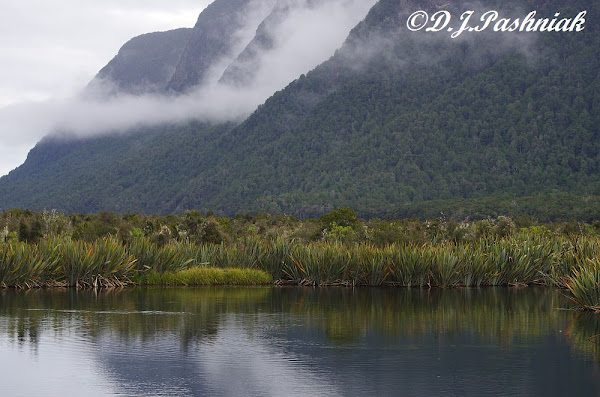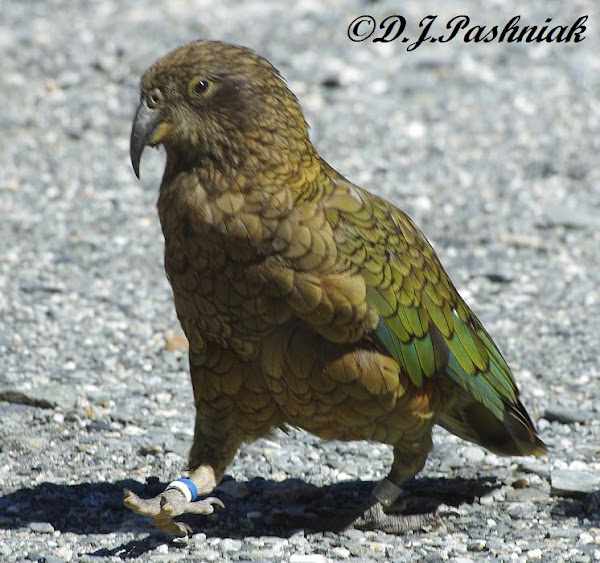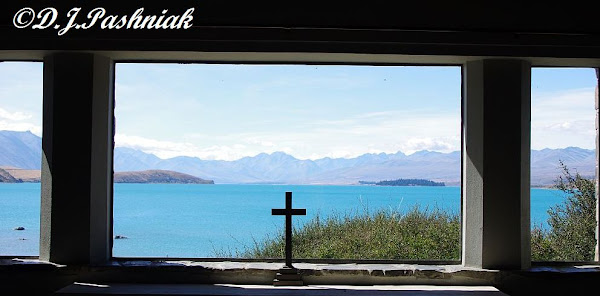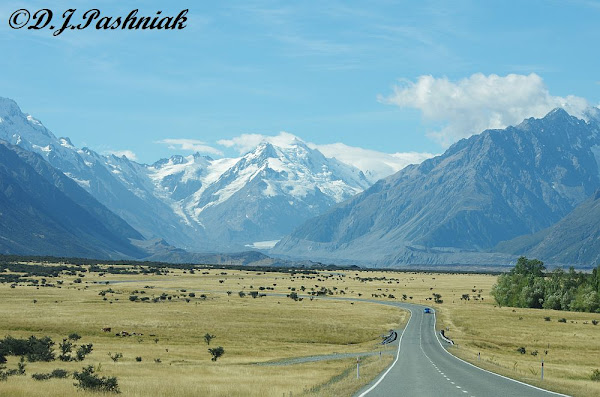This post is for Scenic Sunday
Trip Part 4The trip from Te Anau to Milford Sound was wet! Of course that's hardly surprising when Milford Sound has rainfall that is easier to express as
feet than
inches! One of the sources I looked at quoted 6,813mm or 268ins. It is definitely the wettest place in New Zealand! All I can say is - it could have been worse! Most of the time out on the Sound the rain was not really heavy but it certainly meant that I did not get the 'picture postcard perfect' photos I had hoped for.
We had booked a 2 hour trip with
Milford Sound Cruises. They had slightly smaller boats and we thought this might be more fun with fewer passengers. We also decided to take the first trip of the day which left just before 9am. Book-in was half an hour before this and the drive from Te Anau takes 2 hours so it was an early start. It was well worth the effort when we discovered there were only 8 other people on that first cruise of the day. It was lovely to be able to wander all over the boat and view things from both sides without displacing other passengers from their positions.
The mountains on both sides of the Sound were covered with mist and low cloud so my best photos were those that showed the closer views.

This particular boat also takes you right out to where the Sound goes out into the ocean. None of the other boats that we saw went out this far.

I saw numbers of terns and gulls but the boat rocked and I wobbled the camera and nothing came out really clear. The only wildlife that was really clear was this seal that was resting on one of the big rocks at the side of the sound.

In places the rocks went straight up from the water and they were too steep for anything to grow on them. However, wherever there was enough room for a scrape of soil there were plants growing.

It was raining even heavier when we got back to land but as I was walking back to the car-park this White Heron or Kotuku (which is the Maori name for this bird) was wading in the shallow water. I covered the camera and did the best I could to compensate for the low light.

I had hoped we would be able to walk along some of the rainforest trails but this lost its attraction with all the rain coming down. Still, there was more rainforest to see in the days ahead and I hoped for better weather!





































 Mount Cook is New Zealand's highest mountain - 3,754 metres or 12,316 feet.
Mount Cook is New Zealand's highest mountain - 3,754 metres or 12,316 feet.







